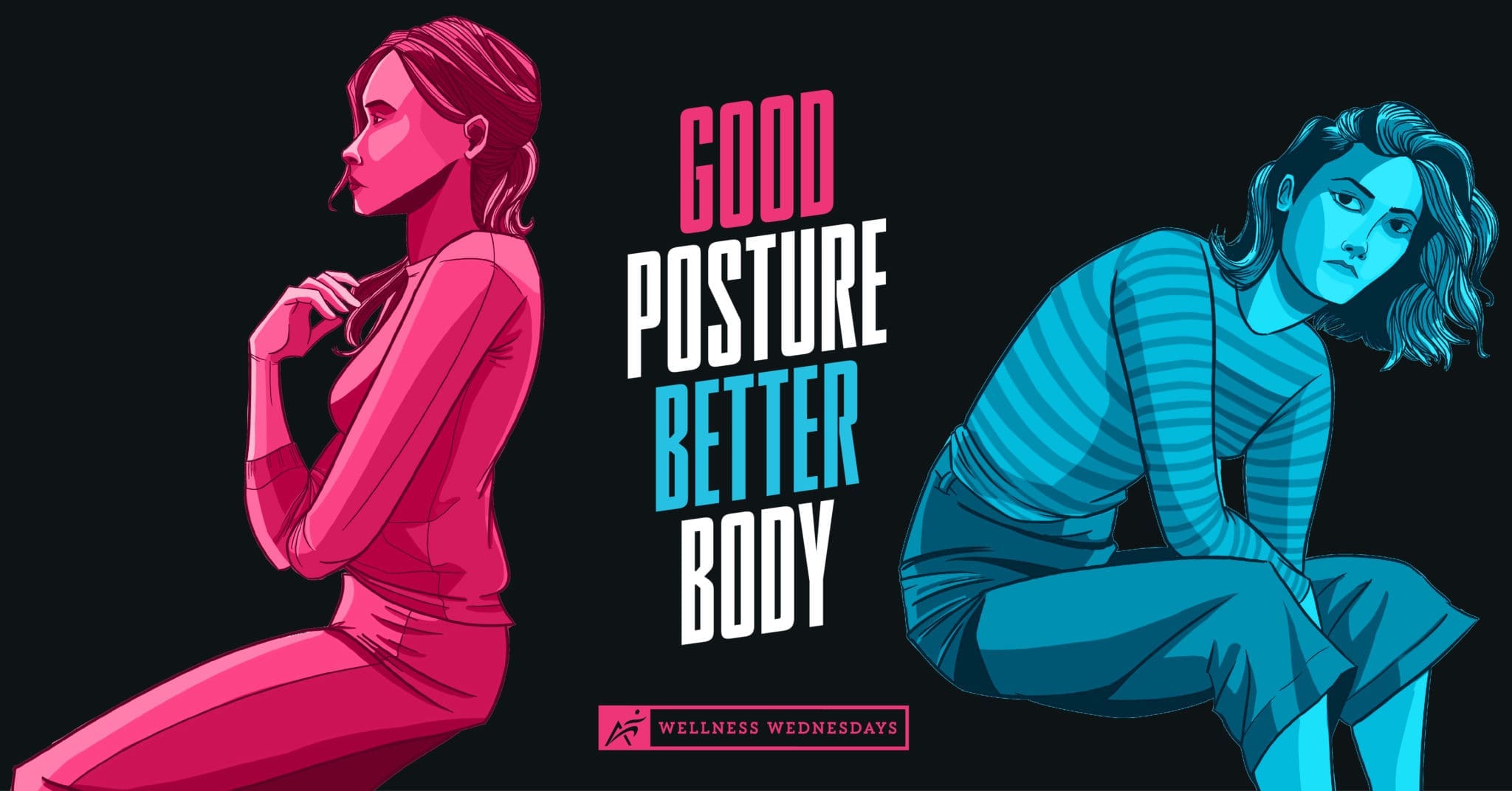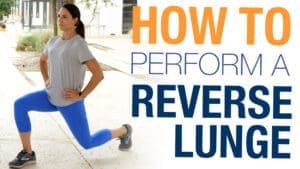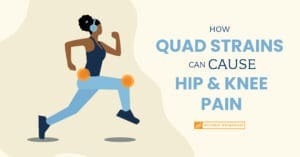We’ve all heard it before: Stand up straight! Sure, standing up straight can make you appear taller and thinner, but did you know that a neutral spine can also improve your mobility while decreasing chronic pain?
Benefits Of Good Posture
If you’ve ever worked a desk job, you’ve probably experienced this issue: as the day goes on, you find yourself leaning forward while bringing your face and neck closer to the screen. This movement soon becomes a habit, and every day you start sitting, shoulders hunched, putting even more strain on your muscles and spine. Eventually you start taking this habit home with you: slouching while walking, eating, and even watching TV.
Poor posture is a developed habit that can decrease your range of motion and negatively affect your daily life. While slouching, your body isn’t balanced, and mobility starts to suffer. You may also begin to experience muscle tightness in your chest or nagging pain in your upper body. The best way to get rid of this habit? Practice proper posture.
When you first start to improve your posture, it may feel uncomfortable, but over time your body will get stronger and the discomfort will fade. By standing up straight, your weight is centered over your feet, improving your balance. Good posture can also help prevent chronic neck, shoulder, or back pain.
Keys To Proper Posture
Regardless of whether you spend your working days standing, walking, or sitting, remember to take frequent breaks from your work to stretch. This allows you to reset and really focus on your posture rather than fall into bad habits.
Standing Posture
To maintain correct posture when standing, your feet should be shoulder-width apart and your weight should be evenly distributed on both feet. You should avoid overreaching or leaning back. Lift your chest slightly by pushing your shoulder blades down and back and keep your chin parallel to the floor. This will create the proper distance between your ribs and your hips. Lastly, make sure your chin is level and your jaw and neck muscles are relaxed.
Seated Posture
Correct seated posture is very important since so many Americans spend their working days sitting at a desk. Your feet should be resting on the floor comfortably. While crossing your legs may seem relaxed, it throws your body’s alignment off and causes unnecessary stress on your hips and knees.
Your back should be in a neutral position, with a small arch in the lower back. When you’re sitting, lift your chest, put your shoulders back, and level your chin. Avoid slouching or leaning forward since this usually draws the shoulders up and forward creating tension.
If you’re feeling tired or stiff after sitting at a desk for hours at a time, try switching up your work routine by using a standing desk. Some of the benefits of using a standing desk include reduced fatigue, improved focus, and relief from posture-related neck and back pain.
How Airrosti Helps
If back pain is bothering you, Schedule an appointment with Airrosti to start your road to recovery. Our providers will pinpoint the underlying cause of your pain and manually correct it. After devising a custom treatment plan for you, your provider will prescribe at-home active rehab exercises to expedite the recovery process and prevent future pain and injury. With this manual therapy technique and exercises combined, you’ll be standing tall and pain free in no time.
Read our Medical Disclaimer here.










